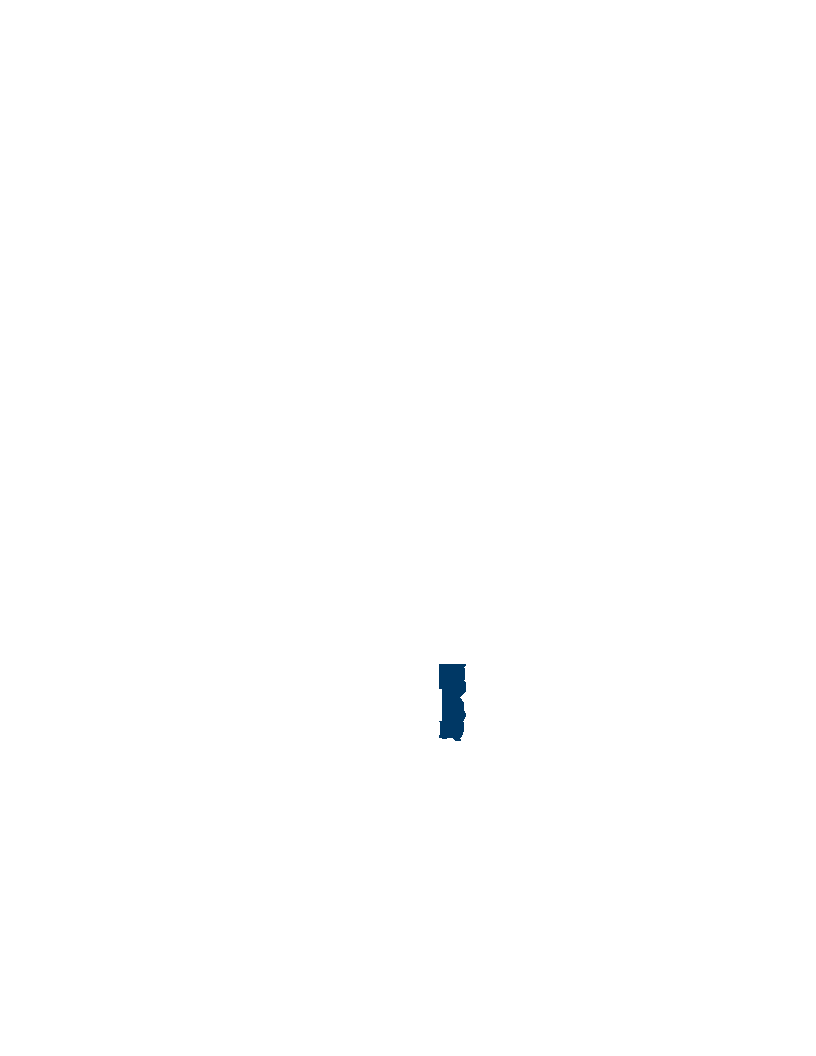African Immigrants Community Services: East African Culture & Art Collision
This is a collaboration between African Immigrants Community Services, Somali American Parent Association and Isuroon. These cultural preservation/educational activities seek to improve the academic achievement of Somali students including STEM for girls, improve communication/relationships between parents-children, expose Somali families to professional art performances and exhibits, showcase local Somali artists and their work, celebrate Somali culture/arts, and learn from other cultures.
$200,000 each year is for a grant to one or more community organizations that provide Somali-based collaborative programs for arts and cultural heritage. The Somali Museum of Minnesota may apply for a grant under this paragraph. The funding must be used for programs to provide arts and humanities education and workshops, mentor programs, classes, exhibits, presentations, community engagement events, and outreach about the Somali community and heritage in Minnesota.
- 90% AICS parent-youth participants will self-report an improvement in their relationship and communication.
- 90% AICS cross-cultural dialogue participants will take away at least one new piece of information about a culture other than their own, and one area of common ground, from each gathering they attend.
- 90% SAPA SciGirls youth will report increased self-confidence
- 100% of participants will demonstrate increased knowledge related topics covered in SciGirls activities; and 75% will improve their science/math grades.
- 100% SAPA SciGirls will know about five new careers in the STEM field
- 100% SAPA SciGirls will be able to name three Somali women from the STEM field and their accomplishments
- Isuroon will meet its attendance target for the 3/8/18 event
- Isuroon 3/8/18 event will reach at least 80% seating capacity for each offered workshop and 80% satisfaction with workshop on exit survey
- 3/8/18 event attendees will ask that the event be held again in 2019
- Biweekly two-hour Parent-Child cultural arts sessions (average 29 participants biweekly). We contracted two Somali culture and art experts who provided workshops community forums for parents. The workshops covered various topics around culture, multiculturalism, introductions to arts and art in the Somali context.
- Bi-monthly cross-cultural Dialogues/Gatherings (104 unduplicated participants so far).
- We have arranged Somali poets to recite poems to the youth and explain it to them what it means and what context it was for. Students were exposed to the various genres of the Somali art, such riddles (Googaalaysi, proverbs, dances and traditional games like ‘shax, laylo gobaleey and shabadaan’.
- SAPA has served 53 Somali students at Minnesota International Middle School (MIMS) through the summer and fall sessions
$200,000 each year is for a grant to one or more community organizations that provide Somali-based collaborative programs for arts and cultural heritage. The Somali Museum of Minnesota may apply for a grant under this paragraph. The funding must be used for programs to provide arts and humanities education and workshops, mentor programs, classes, exhibits, presentations, community engagement events, and outreach about the Somali community and heritage in Minnesota.
- To maintain Somali traditions by connecting Somali arts into the daily interactions at community gatherings.
- To diminish predisposition, numbness and radicalism among various social networks.
- To develop a thankfulness for Somali and other individuals' craft, history, and culture; and invigorating a comprehension of creative customs' significance for the Somali individuals.
- To support Somali craftsmanship and specialists flourish through festival, introduction and instructing.
- To improve Somali understudies' scholarly accomplishment and family connections using craftsmanship.
- To enable Somali ladies and young ladies to seek after their self-satisfaction
- To utilize workmanship and culture as a portal for networks to draw in and gain from one another
- To maintain Somali Folktale culture through pairing children with elders so the elders pass over the tradition to the children.
AICS & SAPA
- Have completed planning, activities, roles and responsibilities: we then continued year two biweekly two-hour Parent-Child cultural arts sessions (average 42 participants monthly). We contracted Somali culture and art experts who provided workshops, community forums for parents around culture, multiculturalism, introductions to arts and art in the Somali context. College and high school students were exposed to art & culture books.
- We repeated year one's poems recitation for the youth to comprehend and decode contexts, themes and values.
- These were traditionally used as a means of transferring cultural knowledge and values to the youth. Those values included but not limited to honesty, courage, generosity, loyalty, leadership, compassion and more.
- Students learned traditions of rural, nomadic lifestyle. We continued Elders engagement with youth one on one to exchange ideas on Somali proverbs their meanings and the experiences contained.
- On year two Youth learned multiculturalism and its importance to develop as good moral character citizen and tolerance.
- Community Art experts shared literature materials written on Somali Art and Culture including the rich Somali poetry, particularly the foreign writer’s views on the Somali Art and poetry. Examples were Richard Burton, Ian Lewis and others. We proceeded with year one exercises and encounters onto the subsequent year program. On year two we served 93 Somali students at Minnesota International Middle School (MIMS) through fall and winter and spring sessions. We used STEP-UP interns to provide leadership and role modeling for the new group. They filled in as good examples and aides. Parents engaged into the project and encouraged their youth, which enhanced performance and effectiveness. Toward the finish of the mid-year session, guardians were welcome to a session where they exhibited their science projects and shared the work they did during the program.













